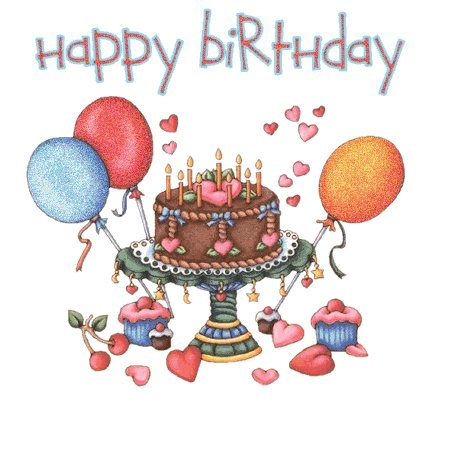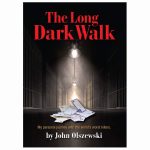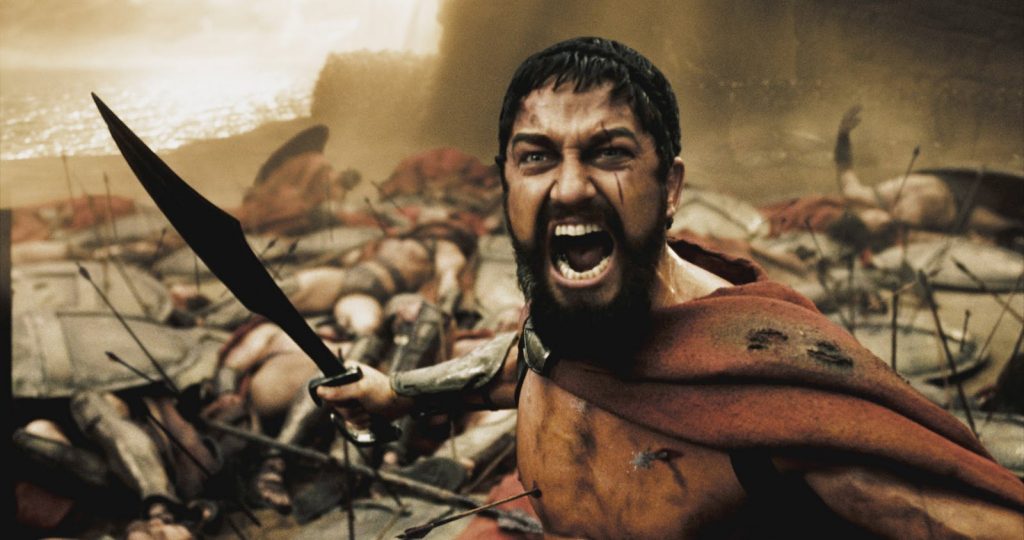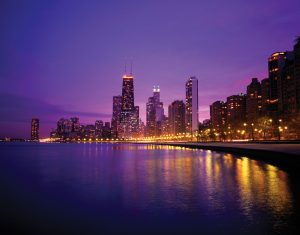The world of cinema has always been a reflection of human ambition, culture, and storytelling. Among the many films that have shaped this industry, War and Peace stands as a monumental achievement. Originally based on Leo Tolstoy’s epic novel, the 1966 Soviet film adaptation directed by Sergei Bondarchuk is not just a movie—it’s a cultural landmark. As one of the most expensive and ambitious films ever made, it continues to captivate audiences, proving that some stories are too grand to be confined to books alone.
In the United States, where Hollywood dominates the global film scene, War and Peace is often overlooked in favor of more commercially driven productions. However, its influence on cinematic storytelling, especially within the epic genre, cannot be ignored. This article explores the legacy of War and Peace, its historical significance, and why it remains relevant in today’s evolving film landscape.
The Rise of the Epic Genre
Epic films have long held a special place in cinema. From Gone With the Wind to Ben-Hur, these films are defined by their grand scale, sweeping narratives, and massive production values. Unlike smaller, character-driven stories, epics aim to capture the essence of history, war, and human struggle on a monumental level.
However, the Soviet Union’s War and Peace took this concept to an entirely new level. With a budget of $100 million—equivalent to over $750 million today—and a cast of 120,000 extras, it was the most expensive film at the time. The Red Army even participated in recreating Napoleon’s battles, making it one of the most historically accurate and visually stunning films ever produced.
This level of commitment was unheard of in Western cinema, which often relied on smaller-scale productions or studio backlots. The film’s sheer ambition set it apart, showcasing the unique capabilities of the Soviet film industry during the Cold War era.
Why War and Peace Is a Cinematic Milestone

At six hours long, War and Peace is not for the faint of heart. Yet, despite its length, the film manages to maintain a gripping narrative that keeps viewers engaged throughout. Director Sergei Bondarchuk was able to balance the epic scale with intimate human moments, ensuring that the story never felt overwhelming.
Bondarchuk’s approach was revolutionary. He used innovative camera techniques, such as sweeping aerial shots and dynamic editing, to bring Tolstoy’s novel to life. These techniques not only enhanced the visual spectacle but also helped convey the emotional depth of the characters.
One of the film’s greatest strengths is its ability to humanize history. While other epics focus on grand battles and political maneuvering, War and Peace delves into the personal lives of its characters, showing how they are shaped by the events around them. This blend of the epic and the personal is what makes the film so powerful.
Comparing War and Peace to Other Epic Films

When comparing War and Peace to other iconic epics like Gone With the Wind or Ben-Hur, it’s clear that Bondarchuk’s work is on another level. While those films are celebrated for their romance and spectacle, War and Peace offers something more profound. It doesn’t just tell a story—it immerses the viewer in a world where history, philosophy, and emotion intertwine.
Many critics argue that War and Peace is the superior film because of its intellectual depth and artistic vision. Unlike Gone With the Wind, which is more focused on individual characters, War and Peace explores broader themes such as fate, free will, and the role of the individual in history. This makes it not just a film, but a philosophical experience.
Another key difference is the way the film handles its large cast. While other epics often rely on star power, War and Peace gives equal attention to all its characters, creating a rich and layered narrative. This approach allows the audience to connect with the story on a deeper level.
The Cultural Impact of War and Peace

Beyond its cinematic achievements, War and Peace has had a lasting impact on popular culture. Its influence can be seen in modern films that attempt to balance epic scale with emotional depth. Directors like Francis Ford Coppola and Terrence Malick have cited War and Peace as an inspiration for their own works.
Even in the United States, where the film may not be as widely known, its legacy persists. Recent references in shows like Happy Valley highlight its enduring relevance. In one episode, a character is seen reading the book, drawing a direct connection between the TV series and the classic novel.
These moments show that War and Peace is not just a relic of the past—it continues to inspire and influence contemporary storytelling.
The Future of the Epic Film

Despite its brilliance, War and Peace may be one of the last great epics. In recent years, there has been a shift towards smaller, more personal films that focus on character development rather than grand narratives. This trend has led to the decline of the epic genre, with fewer films attempting to match the scale and ambition of War and Peace.
However, this does not mean that the epic form is dead. There is still room for large-scale films that tell complex, emotionally resonant stories. The challenge lies in finding the right balance between spectacle and substance.
As technology advances, filmmakers may find new ways to bring epic stories to life. Virtual sets, CGI, and immersive sound design could help recreate the grandeur of films like War and Peace without the same financial constraints. But no matter how much technology evolves, the core of an epic film will always be its ability to capture the human experience.
Conclusion: A Timeless Masterpiece
War and Peace is more than just a film—it’s a testament to the power of storytelling. Its combination of historical accuracy, artistic vision, and emotional depth makes it a true masterpiece. While it may not be as accessible as some modern films, its impact on cinema is undeniable.
For those who have not yet seen it, War and Peace is a journey worth taking. It is a film that challenges the viewer to think, feel, and reflect. And for those who have already experienced it, it is a reminder of what cinema can achieve when it dares to dream big.
If you haven’t seen War and Peace, now is the perfect time to discover one of the greatest films ever made. Whether you’re a fan of history, literature, or simply great storytelling, this film is a must-watch.
Stay updated with the latest news and explore the timeless magic of War and Peace.











More Stories
The Ultimate Guide to Choosing the Perfect Wedge Pillow for Comfort and Health
US Trending News: The Vesia Family: A Deep Dive into Their Background and Legacy
US Trending News: Vikings vs Chargers: Key Matchups and Predictions for the Upcoming Game